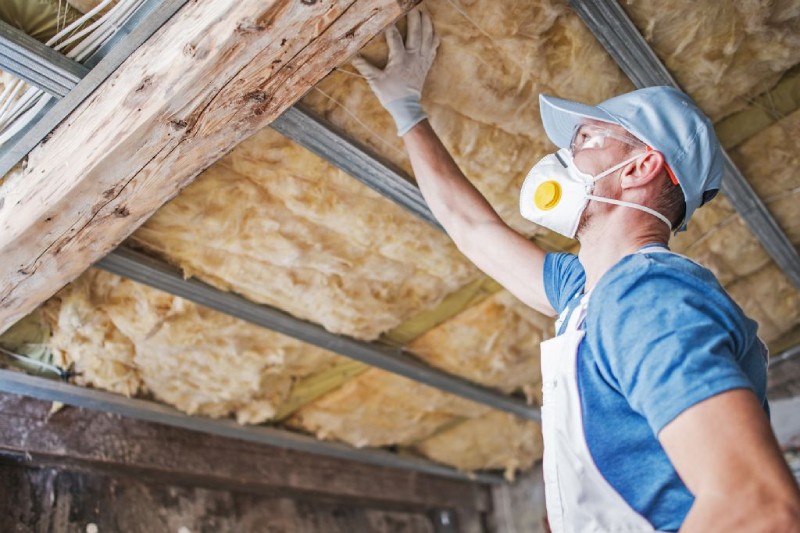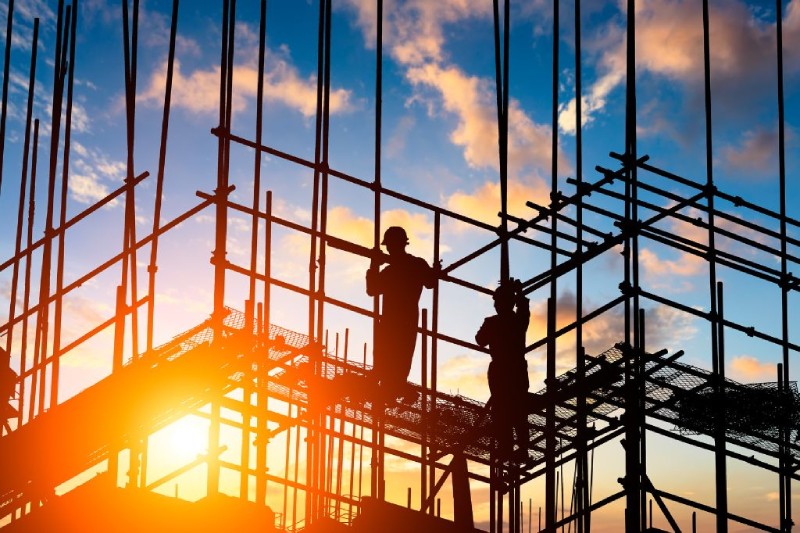
How to Adapt Buildings to Climate Change
Following a dangerous trend, weather in 2022 has been anything but stable. As of July 11, there have been “9 weather/climate disaster events with losses exceeding $1 billion each to affect the United States,” notes the NCEI (National Centre for Environmental Information) in a recent report.
The annual average for this type of events used to be 7.7 events. In the past 5 years, it has increased to 17.8 events per year. And we’re only halfway through 2022. The rest of the year might very well bring more extreme weather events, such as tornadoes, floods, heatwaves, wildfires and hurricanes.
These stats alone should give you a pretty clear idea of the severity of climate change and the fact that it is not slowing down; it’s only getting worse. Scientists agree these events will soon become the norm not just in the U.S., but all over the world.
For safety and financial reasons, this means that we should adapt buildings to climate change. Construction should be made safer in the face of weather disasters. Construction and climate change are strongly connected, and measures should be taken to make sure we all “weather the storms” to come. The goal is to adapt to climate change to reduce future losses.
As a construction contractor, there are several ways in which you can improve your construction practices to address this issue. Here are 3 key elements to focus on:
- Roofs
The Insurance Institute for Business and Home Safety (IBHS) points out that “when roofs fail, they can kick-start a cascade of failures such as water infiltration, projectile damage, and destruction of rooftop equipment, resulting in as much as 70-90 percent of insured residential losses from some disasters.”
Insulated roofs (as well as walls and ceilings) protect buildings against severe cold by minimizing heat loss. On the other hand, green roofs or those paved with reflective surfaces prevent buildings from overheating.
When it comes to several storms, the UNEP (UN Environment Programme) suggests that “strong connections between foundations and the roof are critical to building wind-resilient houses. Roofs with multiple slopes can stand well in strong winds, and installing central shafts reduces wind force and pressure to the roof by sucking in air from outside.”

- Durable materials
Heavyweight structures—made of concrete, stone, or other heavy materials—tend to fare best against strong winds, and also do a great job at capturing heat so the building interiors stay cool. In the case of flooding, waterproof veneer can be added to the exterior of buildings to protect the internal structure.
ICF (insulating concrete forms) also provide a wealth of benefits when it comes to natural disasters, protecting against fire, floods, and storms. They are easy to source and work with, for builders and contractors alike.
If you find yourself in need of high-quality, sturdy building materials for your ongoing construction projects, AMAST can connect you with the best construction material suppliers in your area. Save valuable time and money, browse our extensive list of products, and order the best items from verified vendors.

- Sustainability
While this is not a quick idea you can instantly implement in your construction projects to help protect buildings against drastic climate changes, it is still an actionable tip worth sharing. Carbon emissions are a main driver for climate change, and the construction industry is playing a big role.
In fact, “buildings and construction are responsible for 39% of carbon emissions globally, out of which 28% from energy consumption and 11% from construction materials, also known as Embodied Carbon,” warns the World Green Building Council.
This strong connection between construction and climate change calls for the use of more sustainable, easily renewable building materials and greener practices in construction. While this may sound like a long-term solution, it is also the only way to ensure we can continue to build safer buildings that will withstand the forces of climate change for generations to come.